Our favorite dishes would have never existed without the hundreds of spices that we have today. But, did you know that the spices that we use on a daily basis don’t exactly look the way they do when they are purchased? For instance, sesame seeds actually grow in pods, and the reason mustard is yellow is not because of the mustard seed, but rather because of a plant called turmeric. Here, we are listing some of our favorite spices and how they look before they make it to the grocery store.
1. Vanilla

Vanilla is one of the most popular flavors, when it comes to ice cream and cakes. Despite being sold in powdered form or dried bean form, vanilla actually grows as vines, supported by a host tree or posts. Apart from that, vanilla also has to be hand pollinated within a 24 hour period when the flower blooms or the plant will wither away. The United States is the world’s largest consumer of vanilla, followed by Europe. The plant is also indigenous to southeastern Mexico.
2. Clove
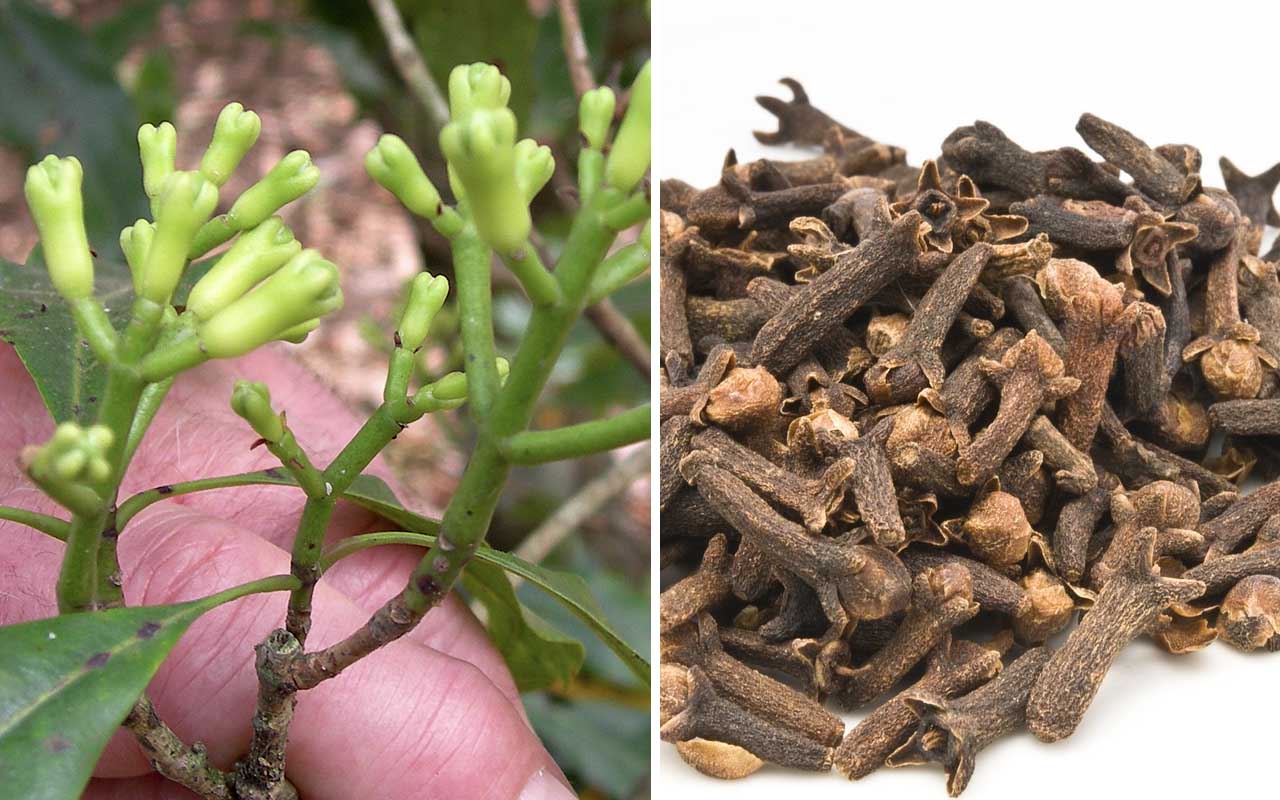
In Europe, during the Middle Ages, clove was one of the most important and one of the most expensive spices. Today, the majority of globally available cloves originate from Tanzania, Africa, Madagascar, India, Pakistan and Brazil. Although they look like dried stems with seeds at the ends, they are actually dried flower buds, which are picked before they open. The clove tree only blossoms twice a year, but is capable of producing an abundant amount of crop, which is why the price of the spice is low.
3. Sesame
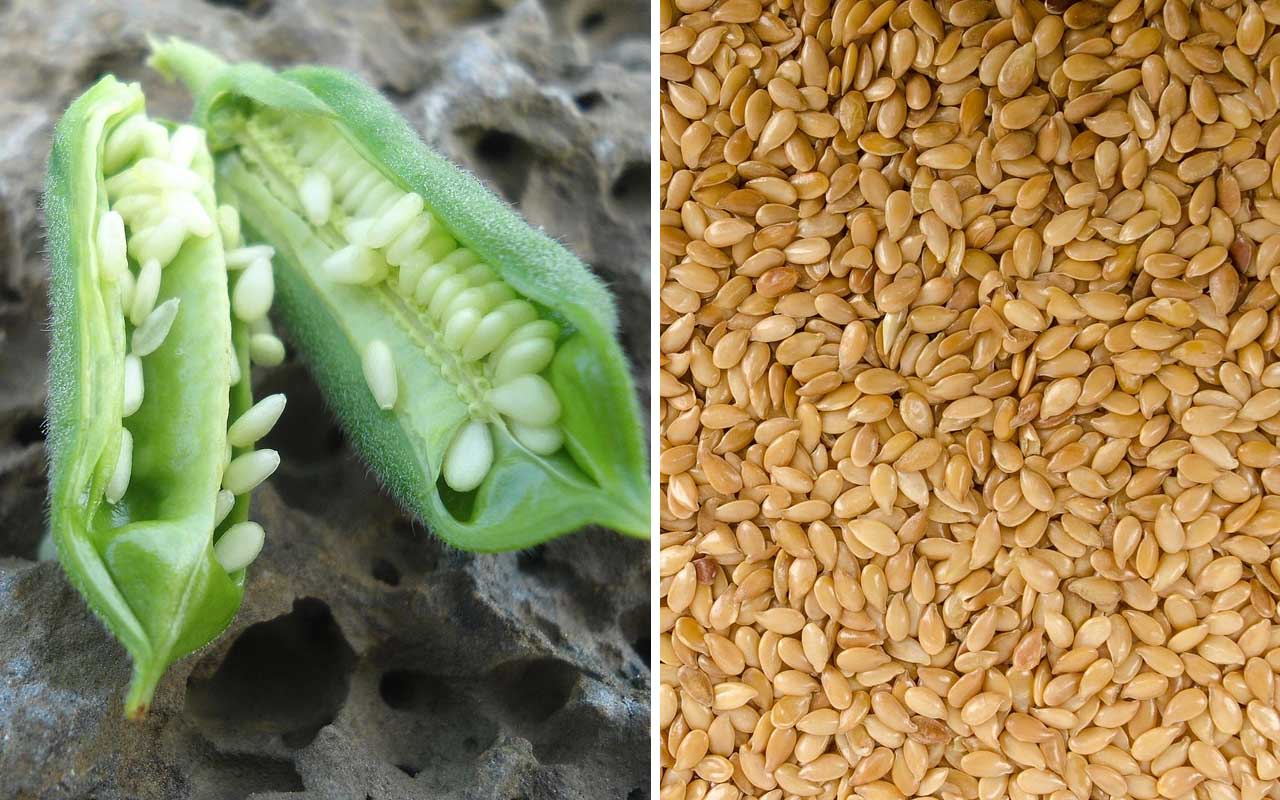
Sesame is a spice that is used in many popular dishes. India and China are the world’s largest producers of sesame, followed by Burma, Sudan, Mexico, Nigeria, Venezuela, Turkey, Uganda and Ethiopia. The spice is not only used for baking, but also to manufacture candy. Despite the spice appearing as seeds or grains, they are actually found inside pods. The sesame plant is capable of growing up to 9 feet high and each pod is capable of producing hundreds of seeds. The sesame plant is also a robust crop that needs little farming support. They are also called survival crops since they are capable of growing in drought conditions, in high heat, with residual moisture in soil, and even when rains are excessive.
4. Saffron
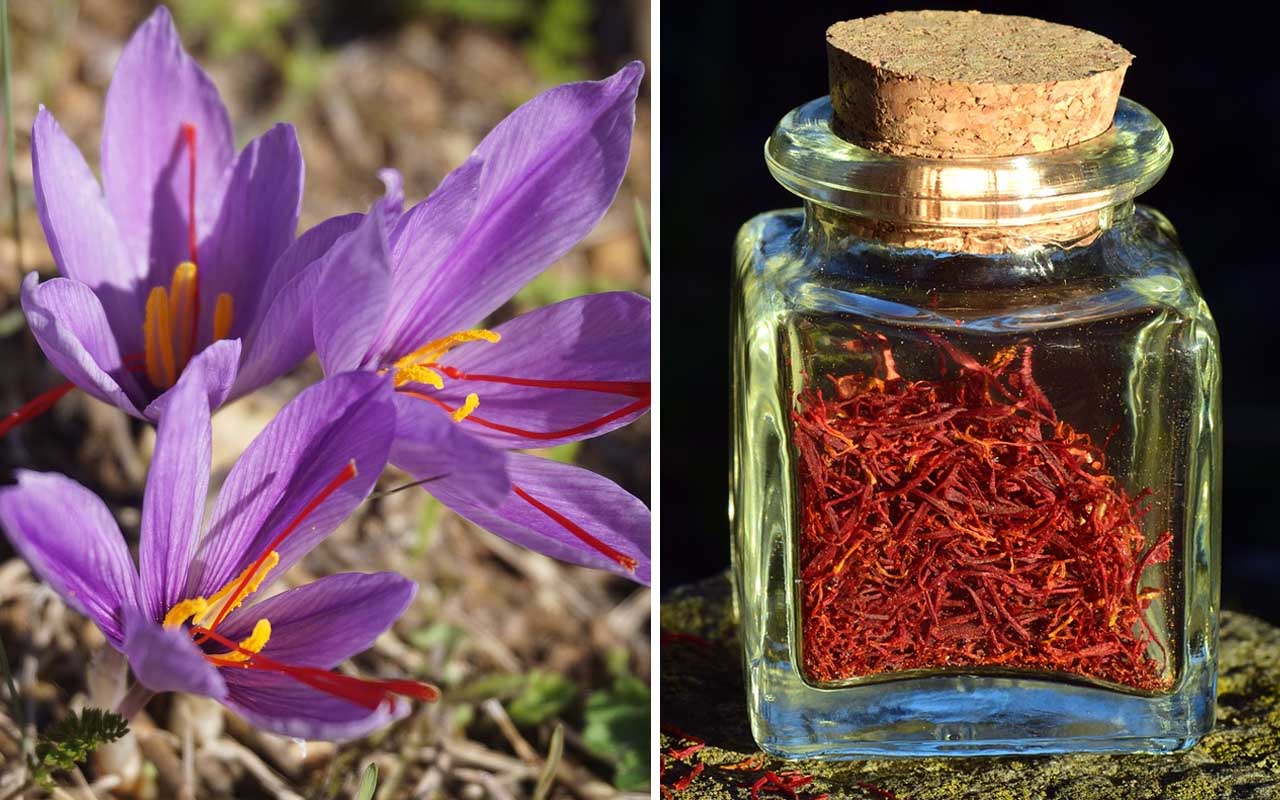
Saffron is one of the most expensive spices in the world. Spain, India, and Iran are primary producers of commercial saffron and the best quality saffron has a deep red color, a honey like aroma and a delicate taste. It takes 80,000 flowers to produce a pound of saffron (453 grams), with a cost in the range of $600 to $2,000 dollars a pound. Apart from that, the flowers only bloom in Autumn, and the process must be carried out by hand, adding additional costs.
5. Cardamom
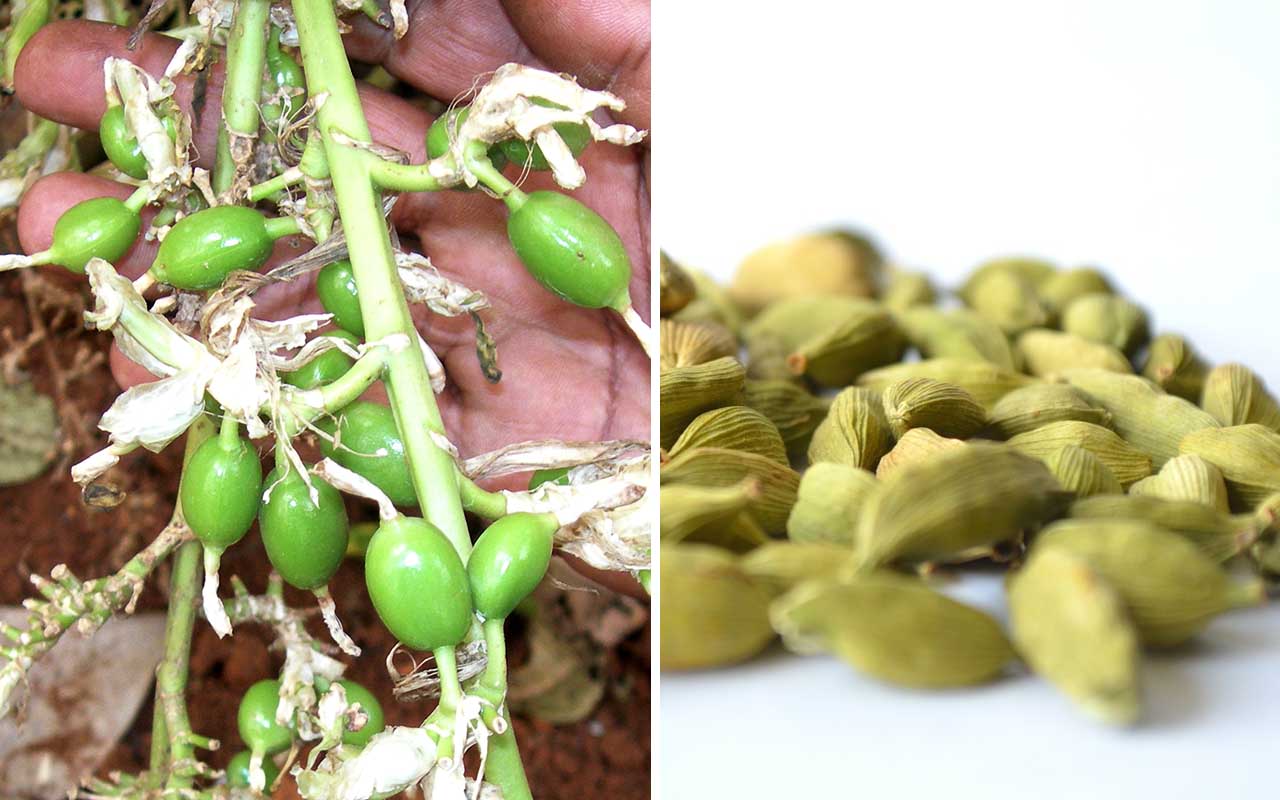
Like saffron, cardamom is another spice that comes with a sky high price. The spice grows on a small seedpod that is triangular in cross-section and has the shape of a spindle. When the seedpods are still unripe, they have a very strong aroma, and have to be handpicked. They are then dried in the sun, moistened, then re-dried once more. The process is manually done and can be time consuming, which causes the price to sky rocket.
6. Black pepper
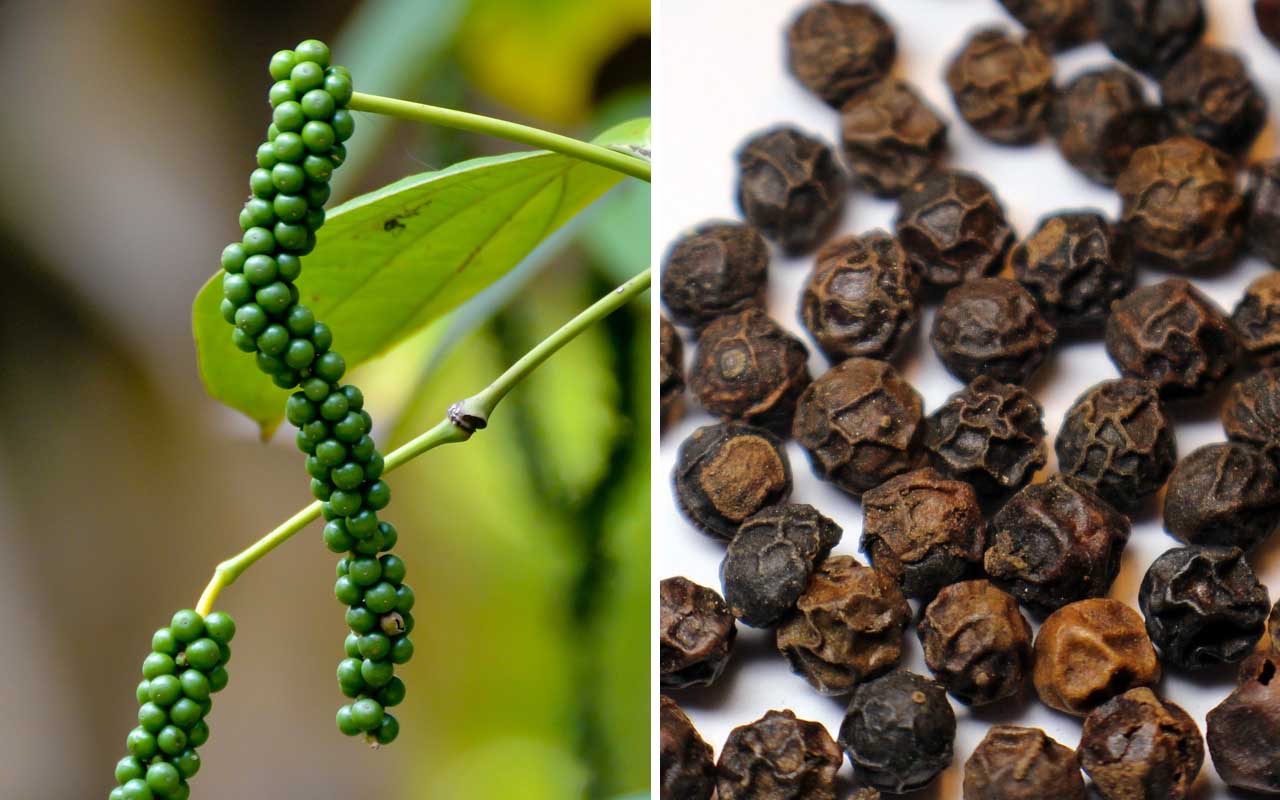
Black pepper, also called pepper, is a flowering vine, which is cultivated mainly for its fruit. It is one of the world’s most traded spices. Often described as the “king of spices”, it is used by all of us, almost on a daily basis. The condiment was extremely popular during early historic times and was used for trade between countries such as India and Europe. Today, pepper is grown in Indonesia, Malaysia, Sri Lanka, Vietnam, and Kampuchea, as well as the West coast of India, known as Malabar, where it originated.
7. Mustard

There is a common misconception that mustard is yellow because of the seeds. The truth is that mustard seeds have a dull gray-brown color and the yellow color is actually achieved with the help of a flower called turmeric. Mustard is also one of the most popularly consumed spice in the world, with over 700 million pounds of mustard consumed worldwide every year. The biggest consumer of mustard is the United States with at least 12 ounces of mustard consumed by the average American per year.
8. Turmeric
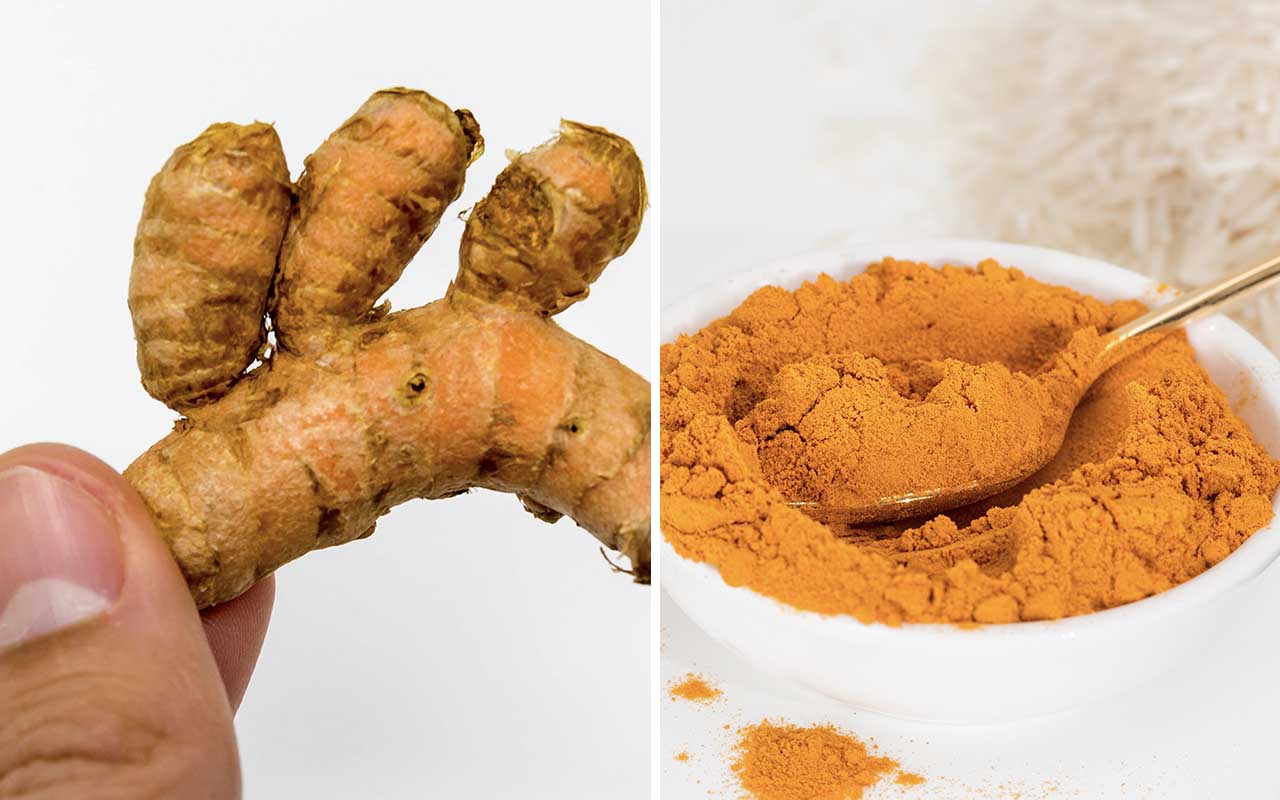
Turmeric is more than just a spice, as it is used for flavor, as well as coloring in foods. India is the world’s largest producer of turmeric with as much as 80 to 90 of world’s total turmeric production coming from India alone. The country is also one of the biggest exporters of the spice, with more than 60% of the total world export of turmeric coming from India. The spice has similarities to ginger, since it is the root of the turmeric plant, that is dried and ground to achieve the powder.
9. Rosemary
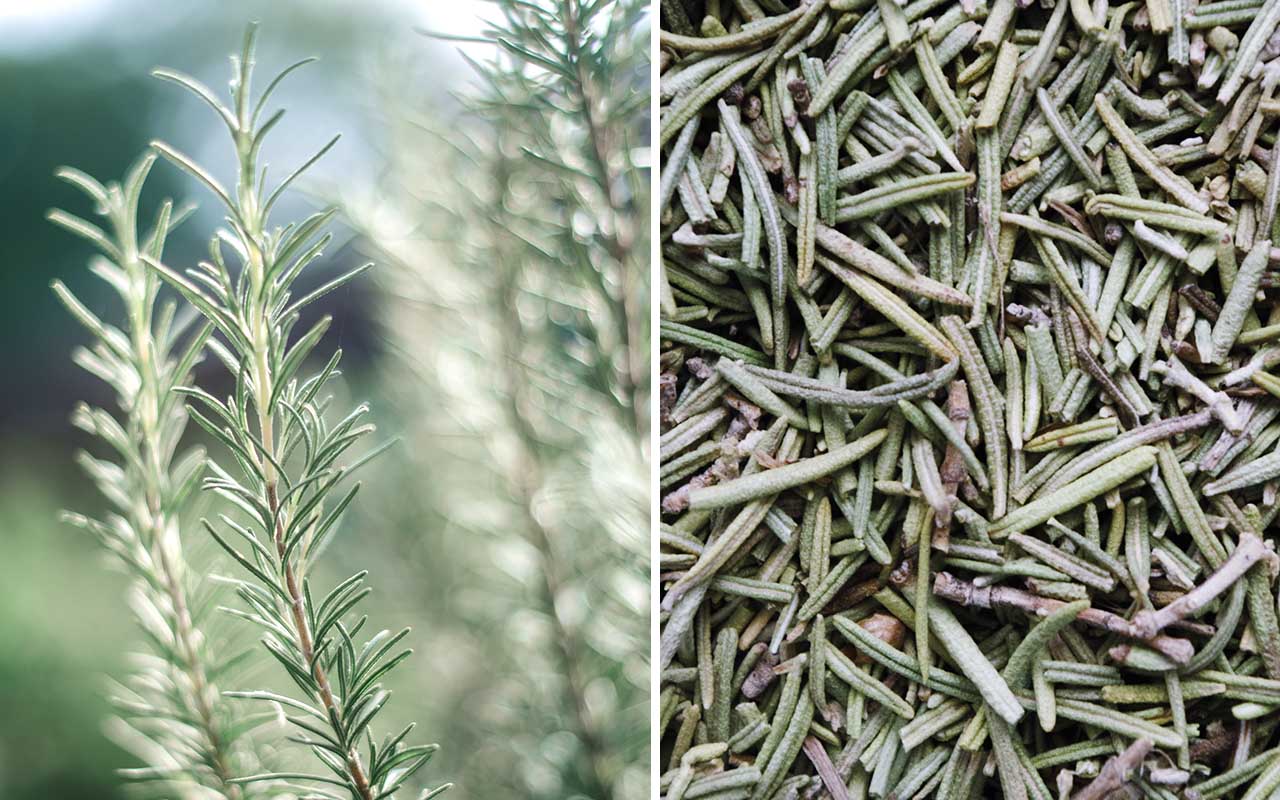
Native to the Mediterranean region, rosemary is actually a bush perennial. It is also one of the most common aromatic wild plants of the Mediterranean landscape. During the eighth century, the Romans relocated the spice to England and since then, Spanish travelers have spread the spice throughout the world. The rosemary plant has needle-like leaves, which are similar to conifer needles. Young buds are handpicked and dried to achieve the final result.
10. Nutmeg
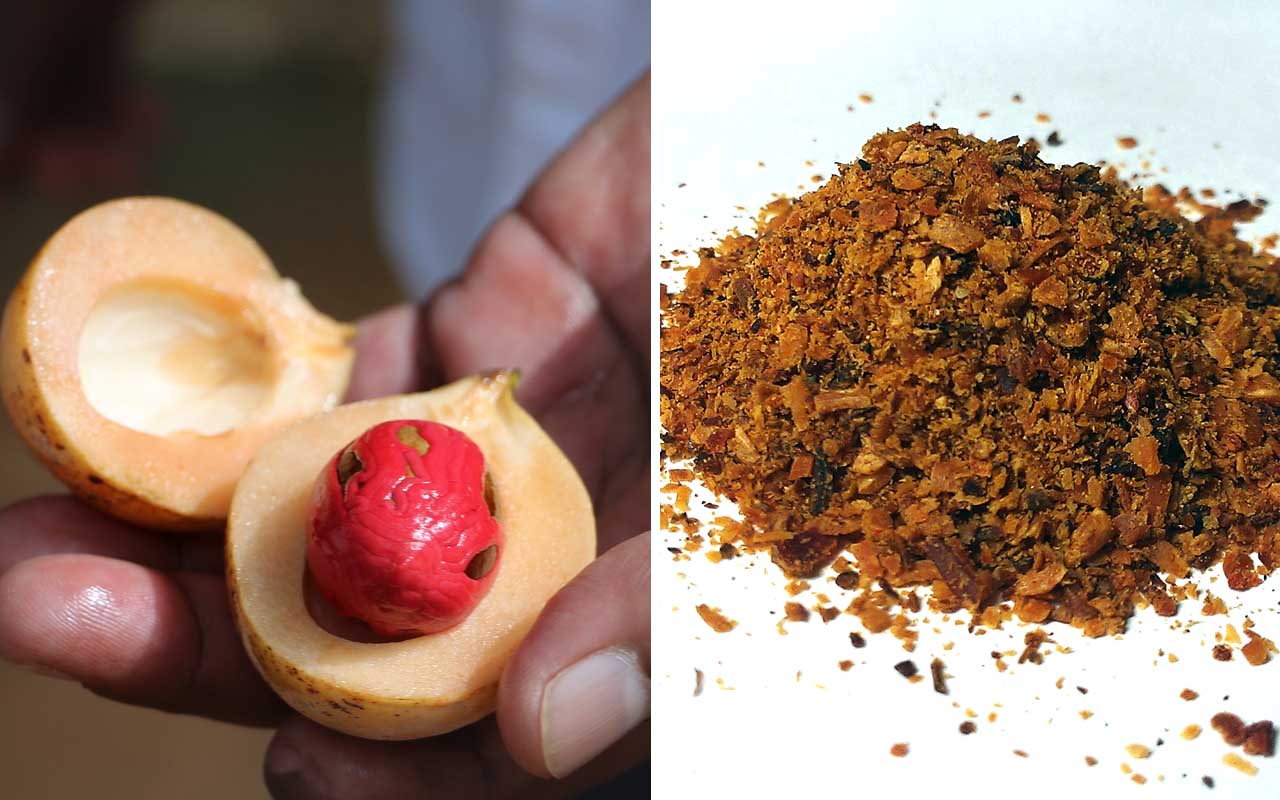
The nutmeg is a highly aromatic spice with a woody bittersweet flavor and a rich warm aroma. Despite its name, nutmeg is not made from nuts, rather the seeds of a tropical tree. The nutmeg tree, which can grow up to 40 ft high, is native to the Banda Islands of Indonesia. Once ripe, the seeds are collected from the tree, dried and then crushed to create the final spice.




